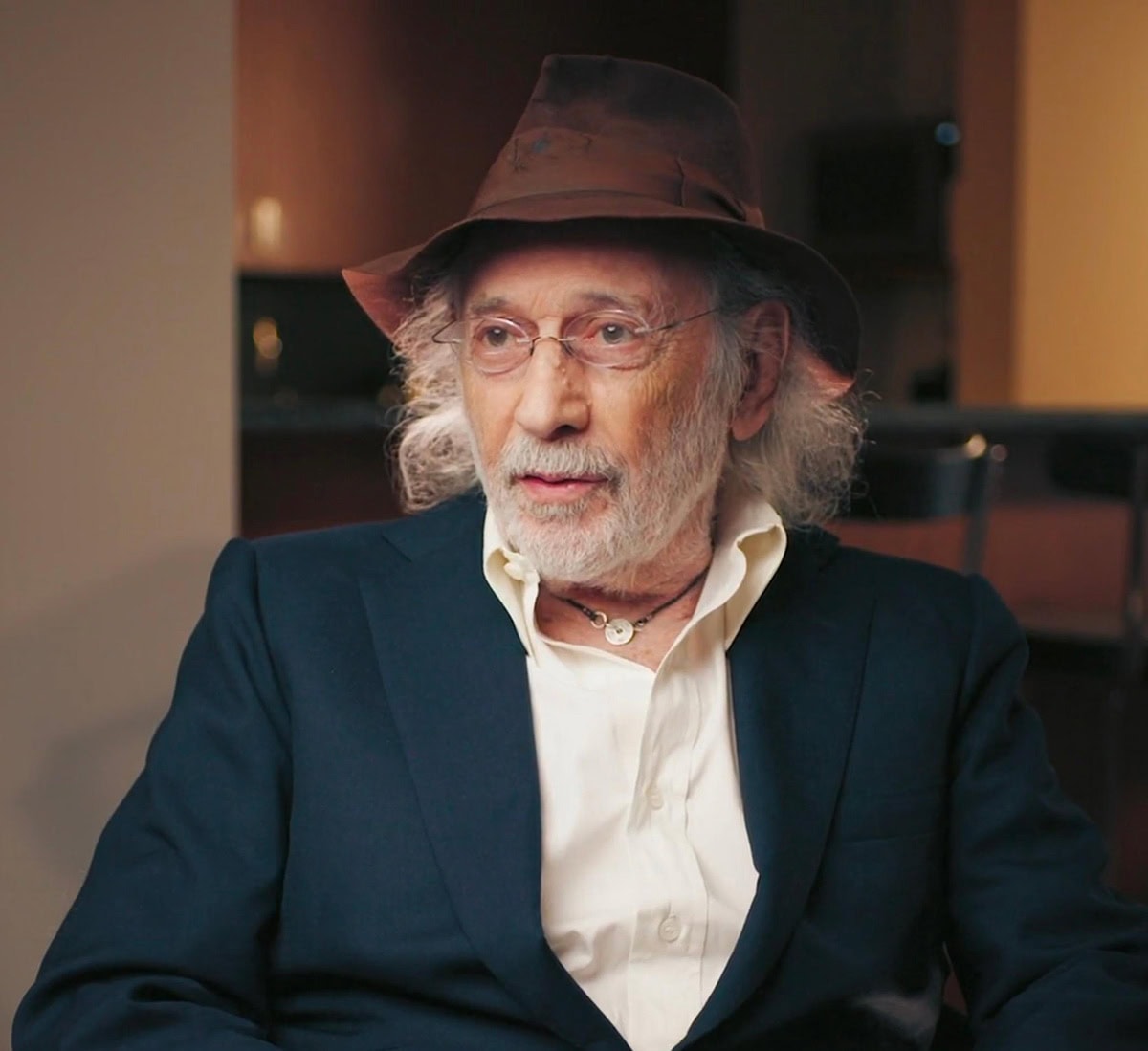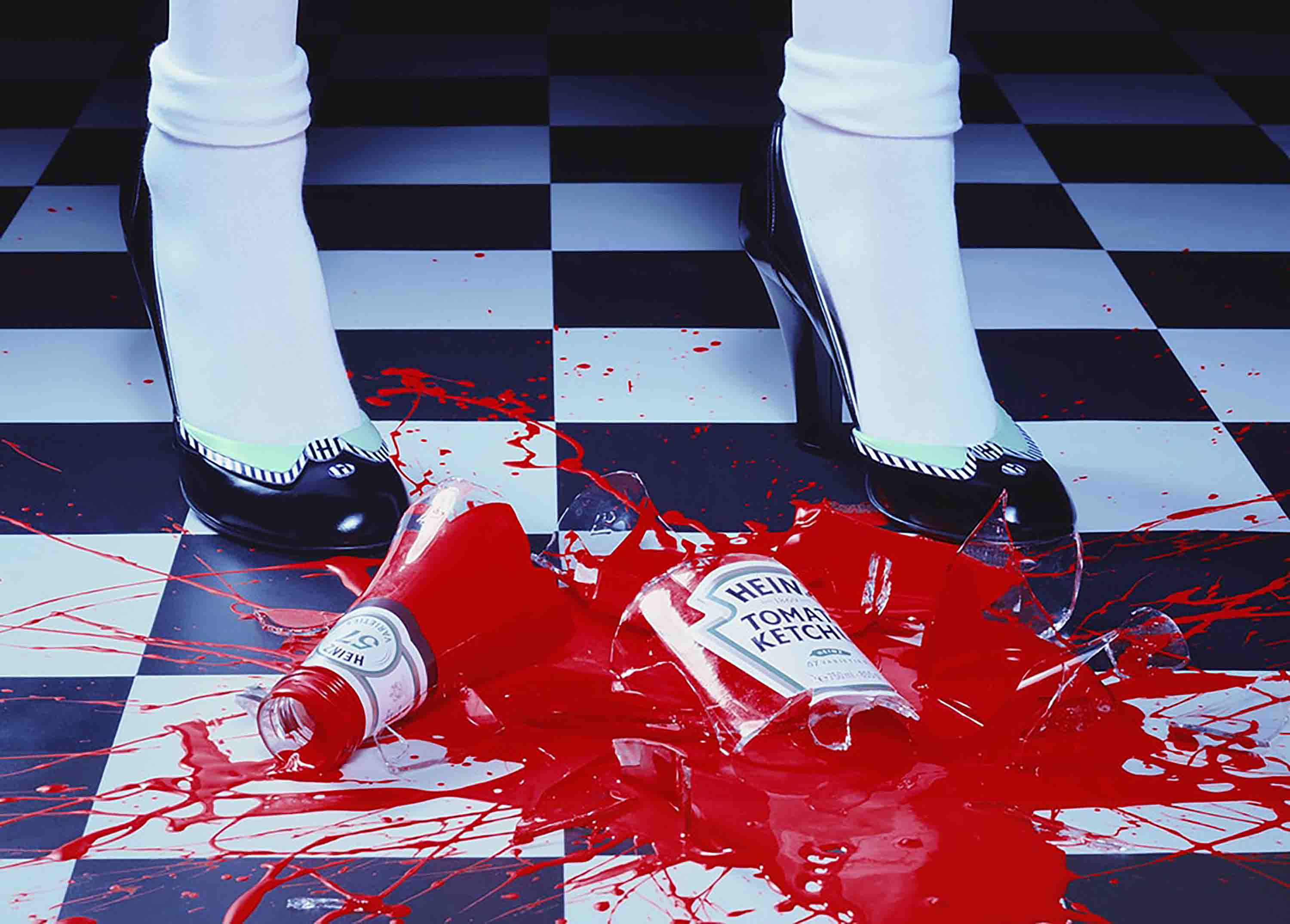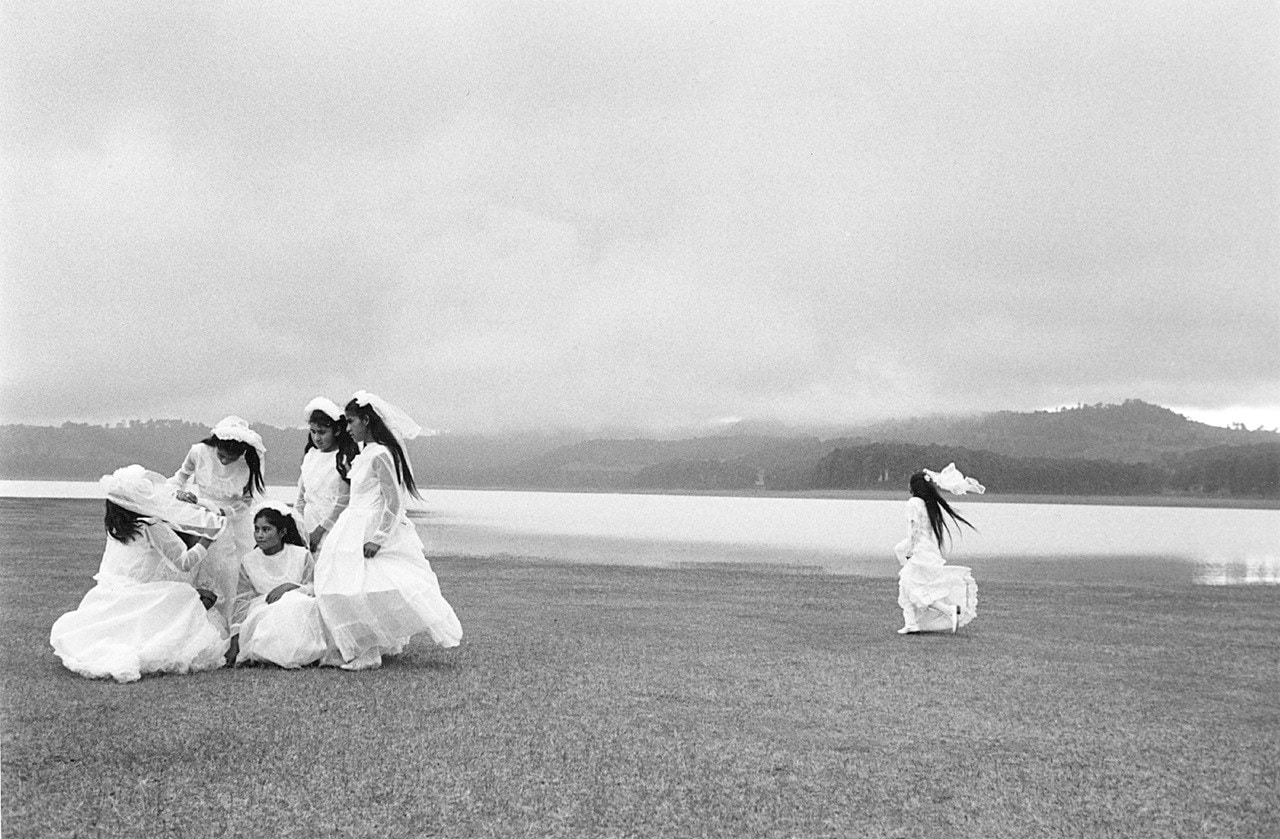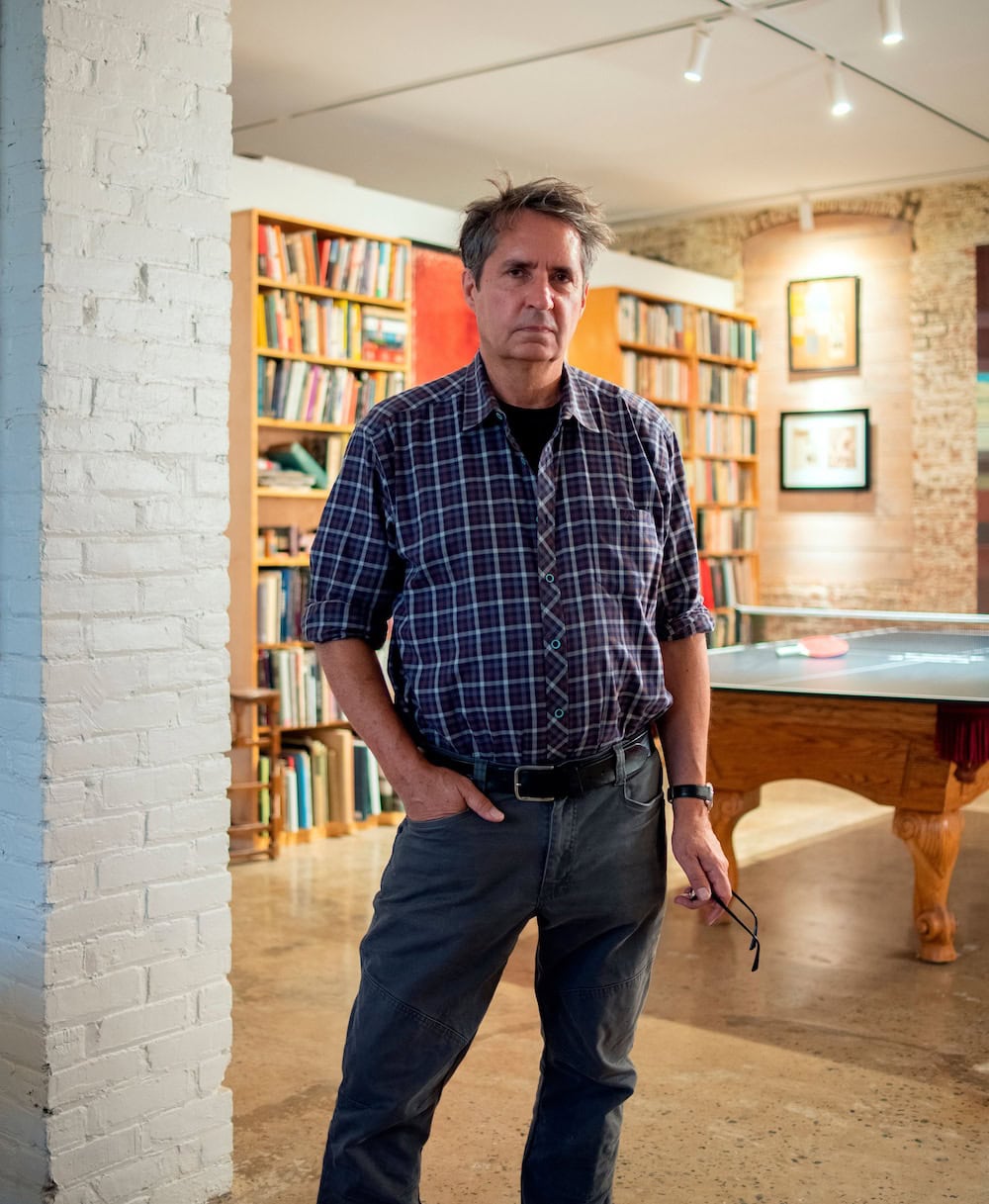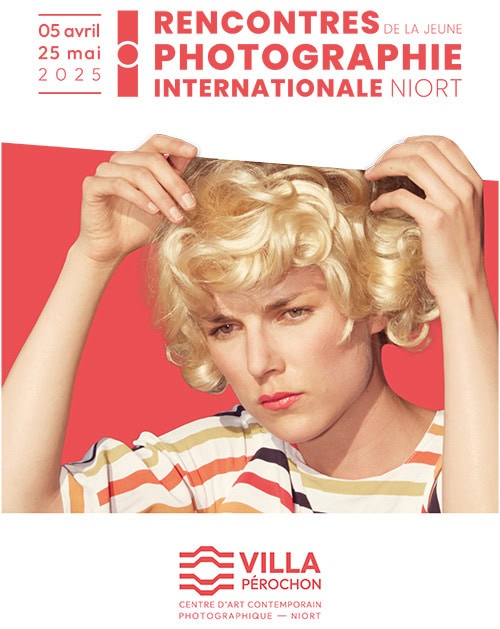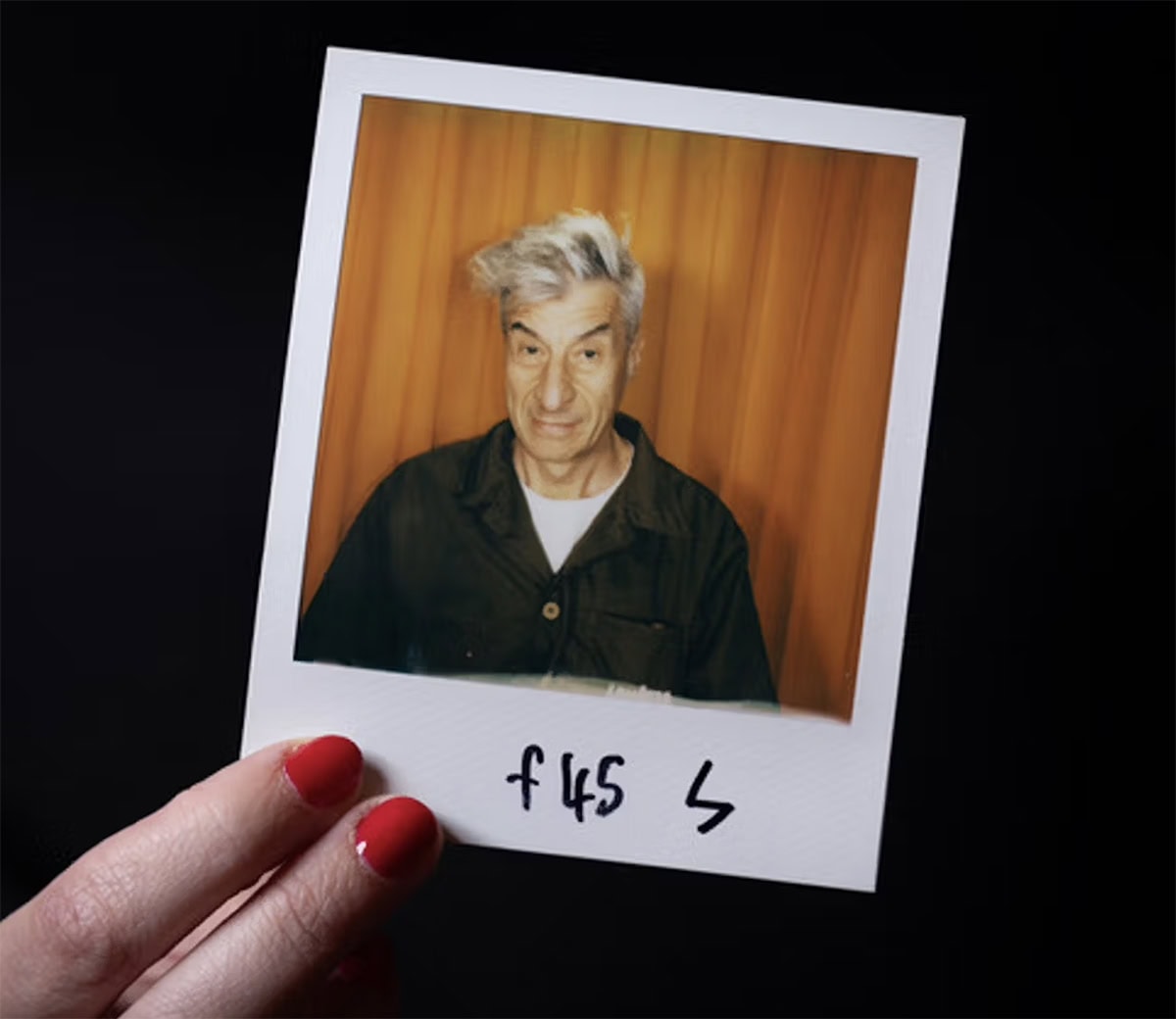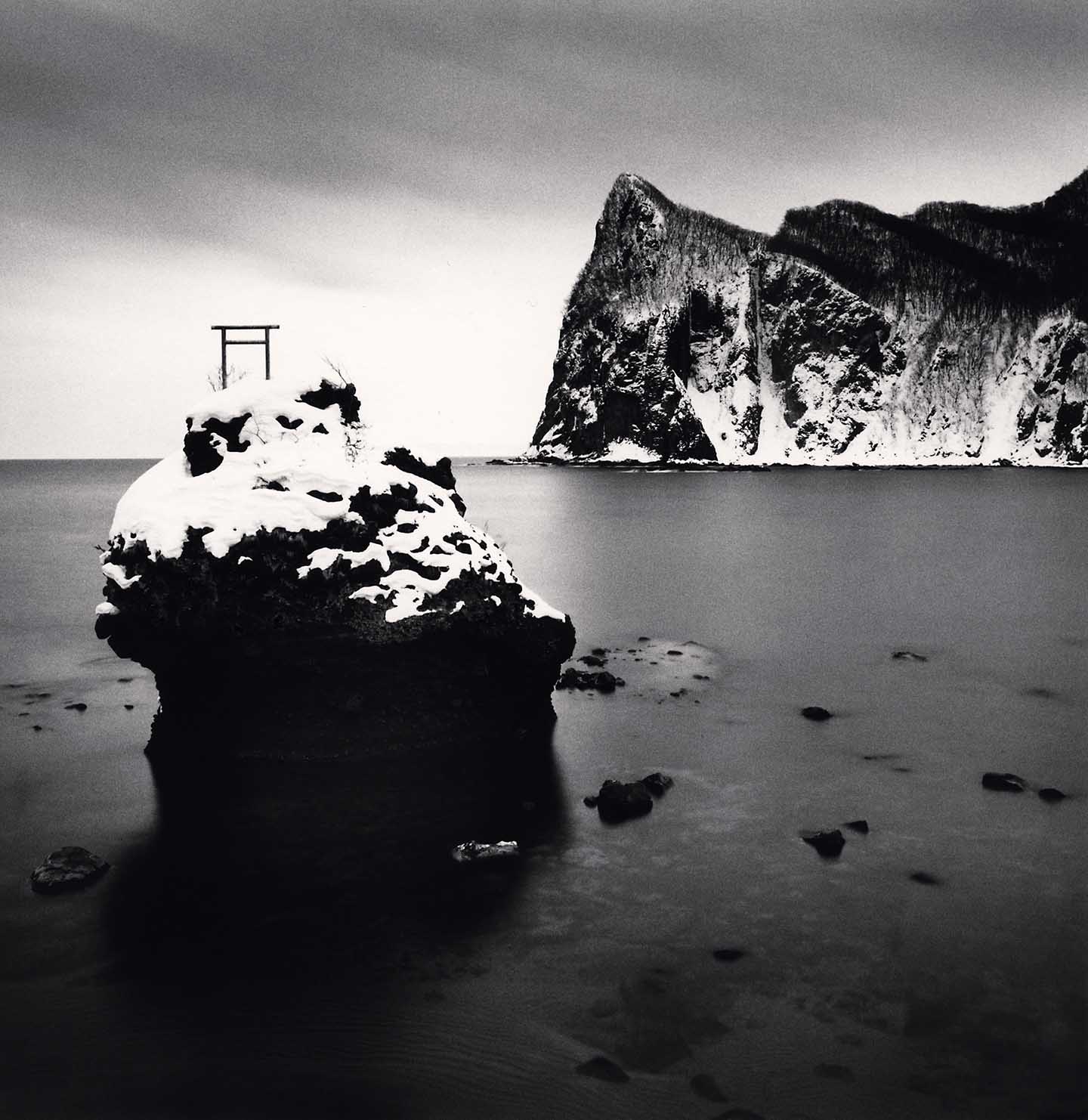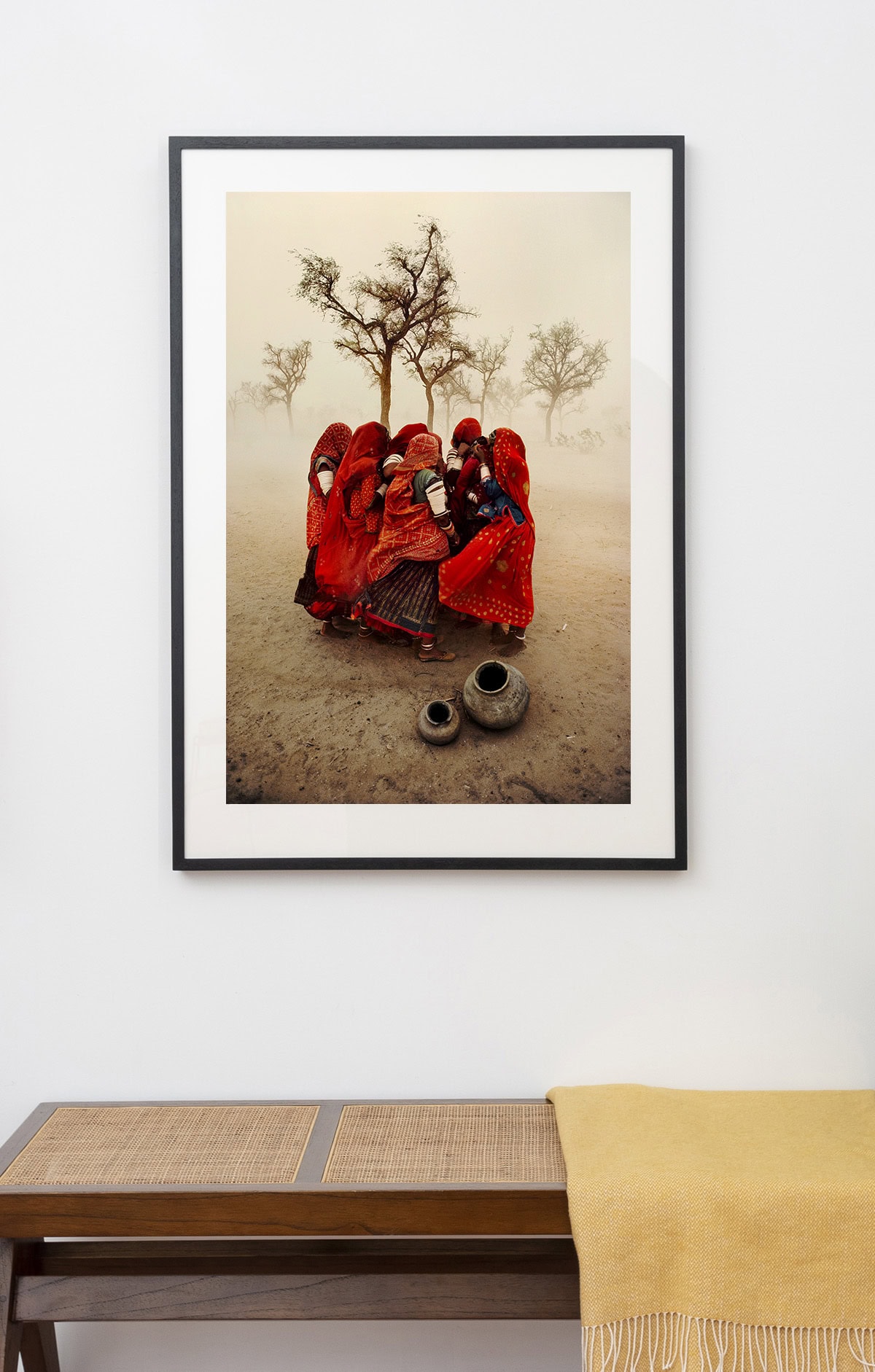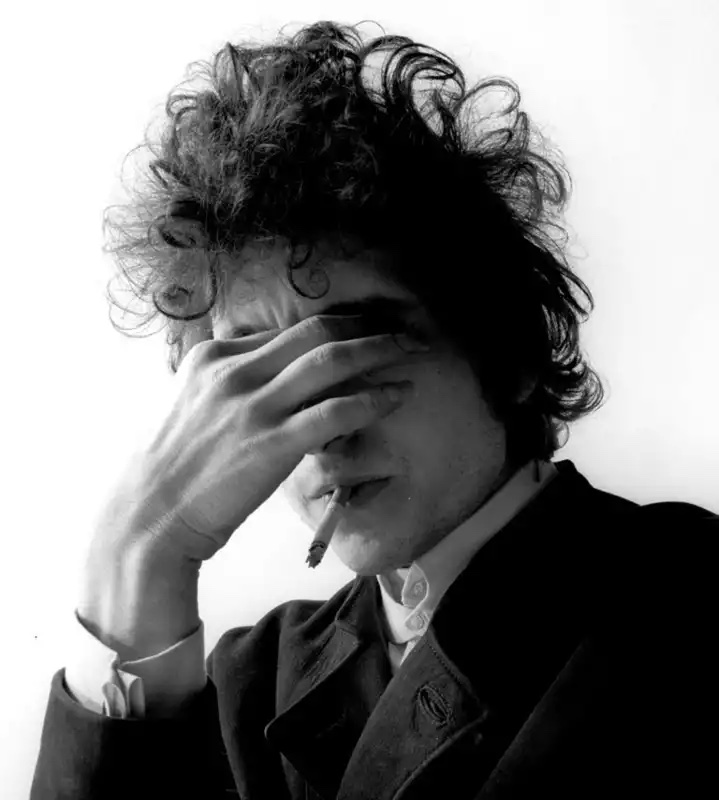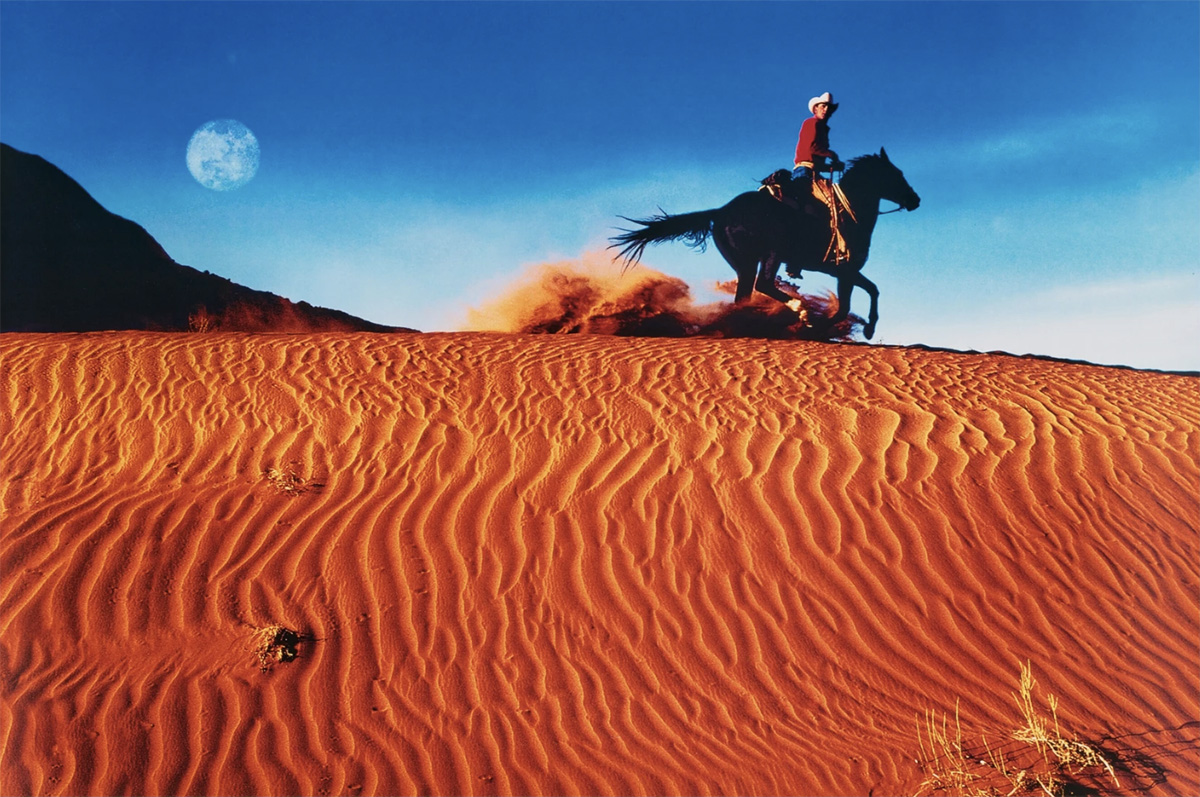‘Vivian Maier: Unseen Work’ Opens at Fotografiska, New York
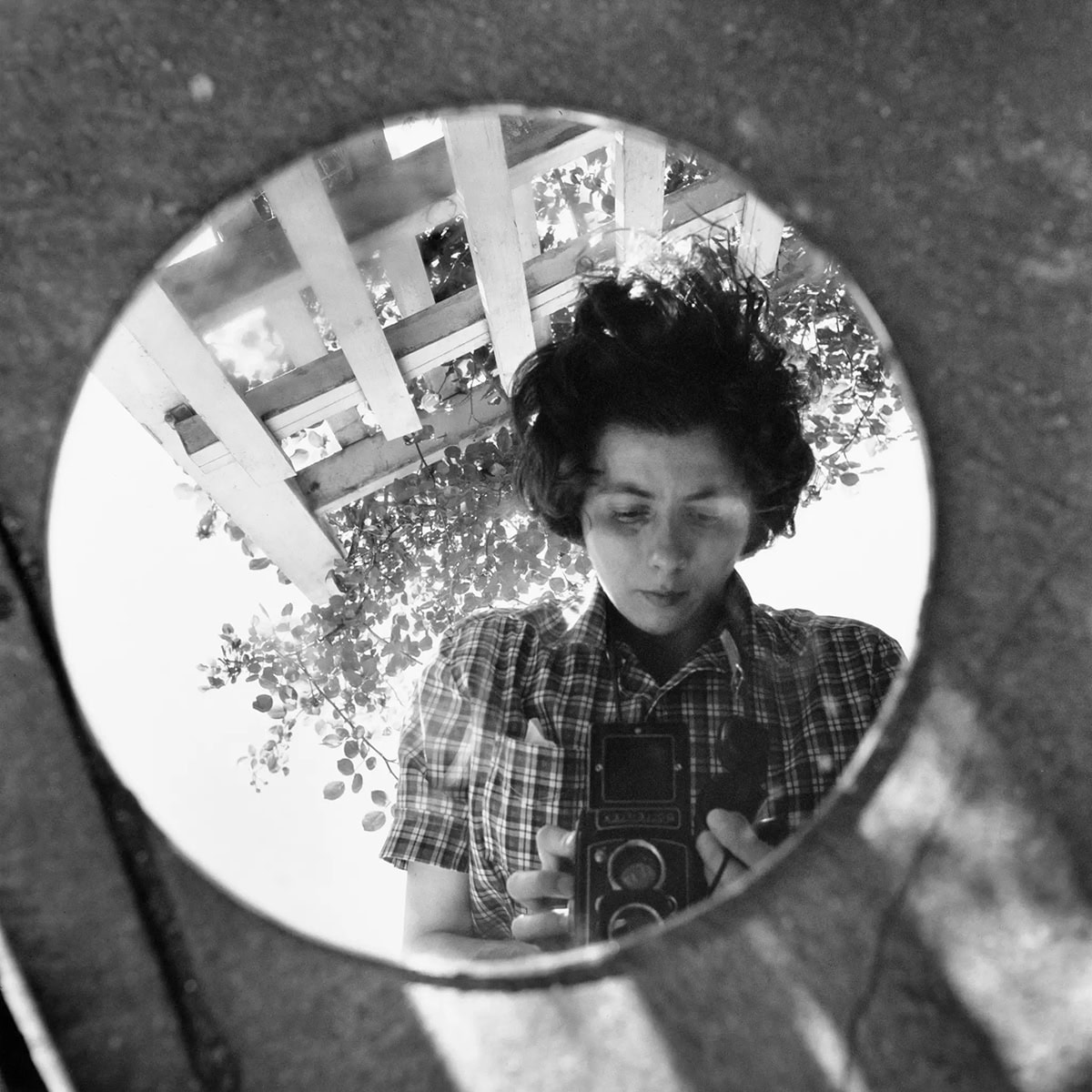
A new exhibition of ‘Unseen Work’ by Vivian Maier opened last week at Fotografiska, New York, showcasing a significant retrospective of the late photographer. Running from the 31st May – 29th September 2024, this exhibition is the first major U.S. presentation of Maier’s work. It features approximately 230 pieces spanning from the early 1950s to the late 1990s, including black-and-white and colour prints, Super 8 footage, and sound recordings. The exhibition provides a comprehensive view of Maier’s extensive archive, highlighting her talent in street photography and the fascinating story behind her work’s posthumous discovery.
Under her guise as a nanny in both New York and Chicago, Maier would head into the city after work, wearing her Rolleiflex twin lens camera as she wandered the streets, documenting fleeting moments in the lives of those around her. Her photographs were shot from the waist, looking down into the camera and avoiding eye contact with her subject; a technique that enabled Maier to go unnoticed and to work without interruption. Her candid photographs capture pedestrians going about their everyday lives, completely unfazed by her presence, from a couple asleep on a bus, to someone being arrested on the street.
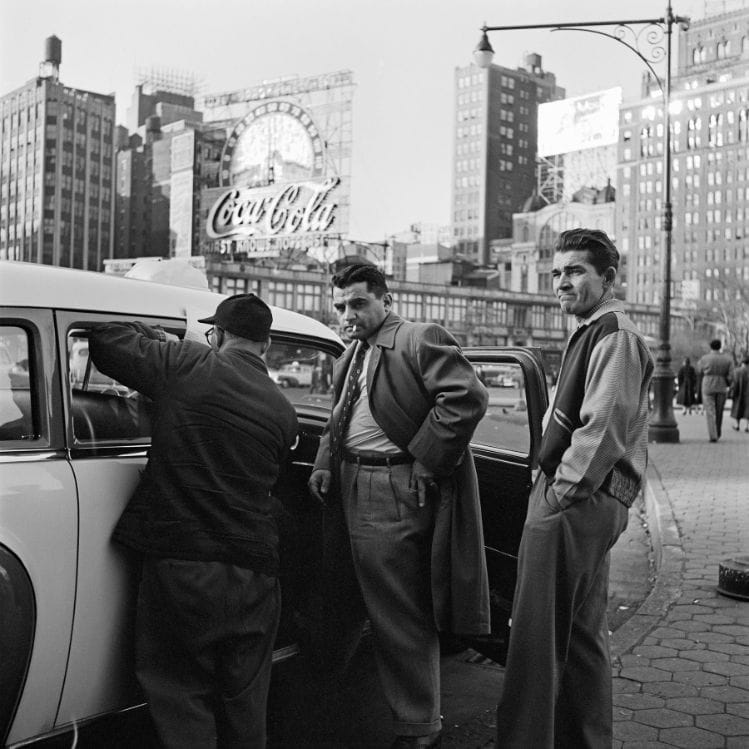
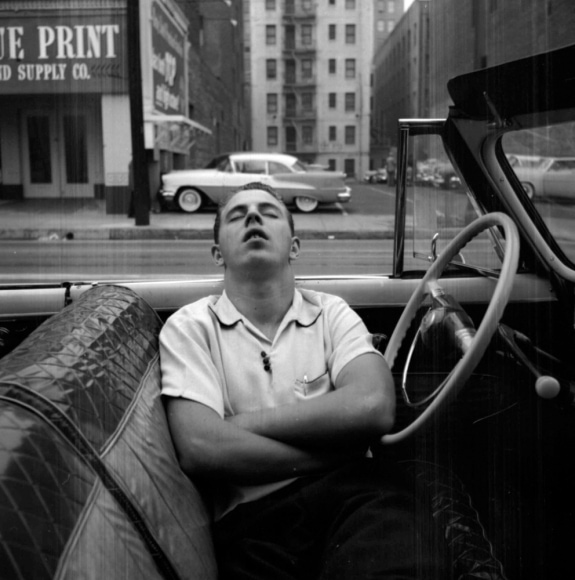
While she seemed to live a relatively quiet life, Maier was not shy of life’s extremities. Her images cover themes from tragedy to love and are often very exposing. She turned her lens on the downtrodden as well as the well-heeled, of youth and of age, endlessly inspired by the lives around her. With an exceptional eye for detail and flair for composition, her photographs are witty, intelligent and charged with a strong sense of empathy.
On average, Maier would shoot a roll of film a day, producing just under 100 exposures a week, yet she rarely showed her work to anyone. Her handprints, made in the en-suite bathroom of her employer’s home, were kept secret. Her remarkable dedication to the medium amounted to a body of work that consists of over 100,000 pictures, which is currently being archived and cataloged by John Maloof.

In 2007, Maloof paid $400 for a box in a blind auction in Chicago. An estate agent and flea market frequenter, Maloof was hoping to find historically interesting photographs of Chicago for a book he was writing about the city’s architecture. He was president of the historical society on Chicago’s Northwest Side that was dedicated to promoting awareness of the area’s underappreciated charm. He needed over 200 photographs of the area for the book so had been scouring local auction houses in search of old pictures. Visiting RPN Auctions, he found a box of photographs showing Chicago in the 1960s. He was unable to properly view the contents of the box but bought it anyway. Disappointed that the negatives were not useful for his project, he stored it away and forgot about it.
Two years later, however, Maloof’s interest in the negatives was piqued and he set about scanning them into his computer. As a vast library of compelling street photography emerged from the box, Maloof began to realise the significance of what he had found. Maloof had little experience of photography, but the negatives captured his interest and he took his own camera out into the street to emulate the mysterious photographer. He took a course on photography and set up a darkroom in his attic. He had, very quickly, become obsessed with photography and with the previous owner of the box – Vivian Maier.
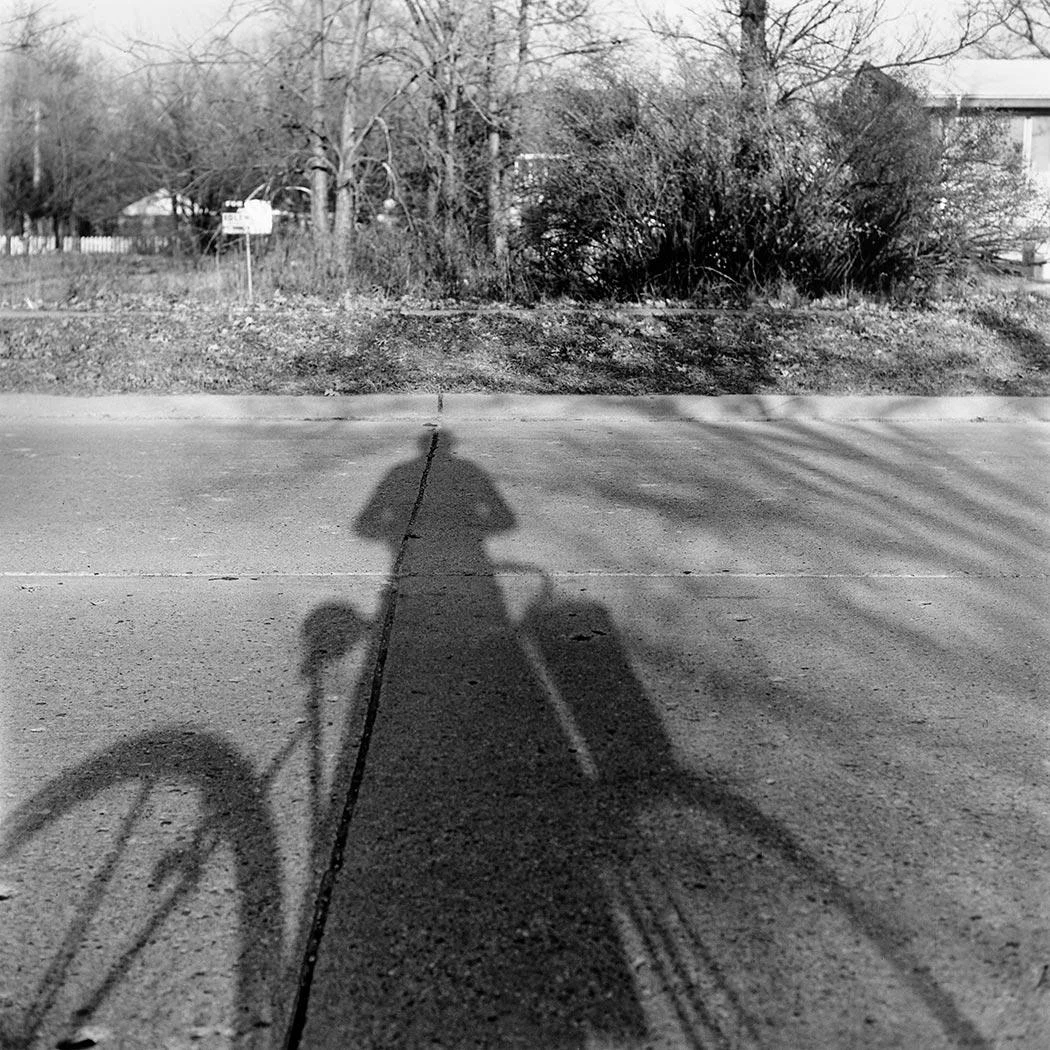
The only mention of Maier found through an internet search was a brief obituary. This led Maloof to several of the families for whom Maier had worked as a nanny. Tragically Maier had died only shortly before Maloof had begun attempting to find her. Finding himself an unlikely custodian of this vast, important archive, Maloof has dedicated his life to preserving and promoting Maier’s work. The contents of Maier’s five storage lockers had been sold (without her knowledge) when she had failed to pay the rent. A local auctioneer, Roger Gunderson, bought the lockers’ contents for $250 and split the contents up into smaller lots to sell on. Maloof subsequently became the owner of one of these lots.
Maloof set about archiving Maier’s work and it began to garner interest when he posted some of her photographs on the image sharing website, Flickr. Maier quickly became an internet phenomenon as thousands of people responded to Maloof’s post, astounded by the obvious talent and huge output of the unknown photographer.
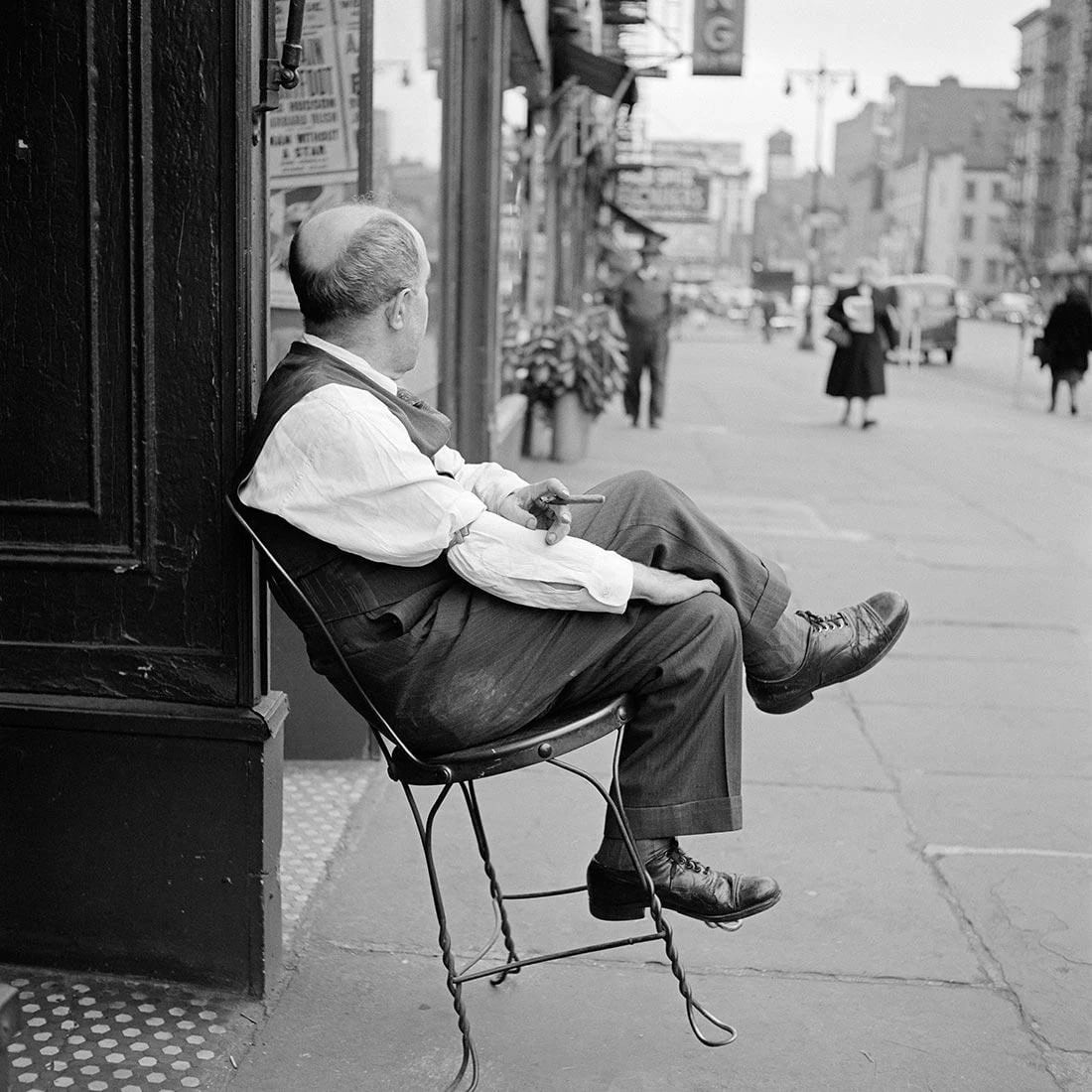
Maloof has since traced many of the families by whom Maier was employed. Accounts of her personality are varied but all agree on her solitary nature and obsession with taking photographs. Some of the children she took care of recall their time spent with her as idyllic whilst others remember her as severe and difficult. Some considered her secretive and unwilling to promote her work, whereas others thought her deeply frustrated. Many of the children she looked after remember her strong will, distinctive heavy-footed walk, old-fashioned clothing and men’s shoes. She liked reading about politics and going to the movies, but always on her own.
Although two other collectors – Ron Slattery and Randy Prow – also purchased selections of Maier’s photographs at the same time as Maloof, he has since acquired 90% of the estate. He now owns an extensive archive including many of Maier’s cameras, over 100 8mm movies, 3,000 prints, 2,000 rolls of film and 100,000 to 150,000 negatives. Jeffrey Goldstein bought another significant body of Maier’s work from Prow in 2010 but subsequently sold it to a Canadian gallery.
The international press has shown unrelenting fascination with Maier’s story and she has become a household name. The New York Times critic Michael Kimmelman has called her one of “the great American mid-century street photograpers” and she is frequently compared to the giants of twentieth-century photography, including Diane Arbus, Henri Cartier-Bresson and André Kertesz. Maier’s photography has gained its reputation not only because it is a fascinating history of urban America, but also because it is a triumph in psychological study. Exhibitions of Maier’s photography have been held in museums and galleries all round the world. Several books have been published about her life and works whilst two documentaries have been made. The reclusive nanny’s lifetime of work has been retrieved from obscurity and placed in the canon of twentieth-century photography.
FeaturedVivian Maier
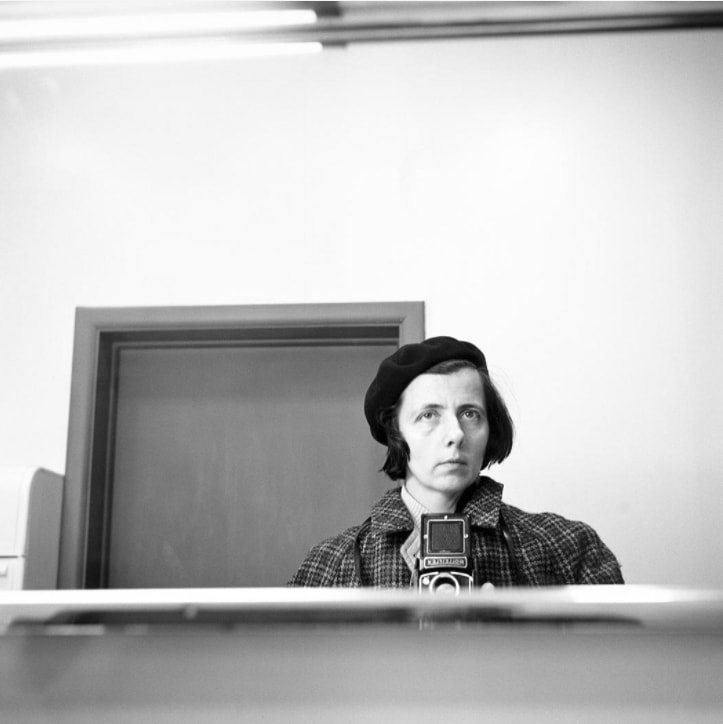
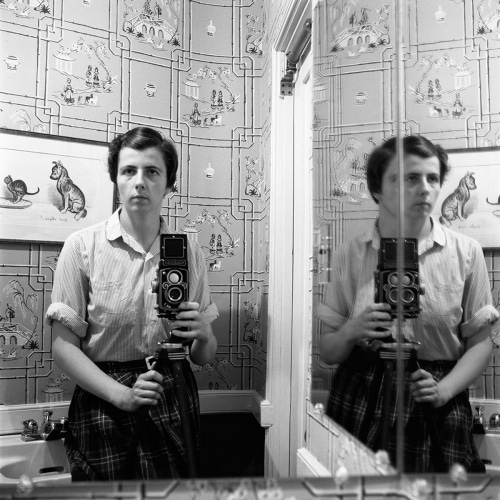
The ArtistVivian Maier worked as a nanny and pursued photography as a hobby, capturing the streets of central Chicago and New York. Maier used a Rolleiflex twin lens camera to take candid and intimate photographs of people, urban structures, and children.
Artist Page